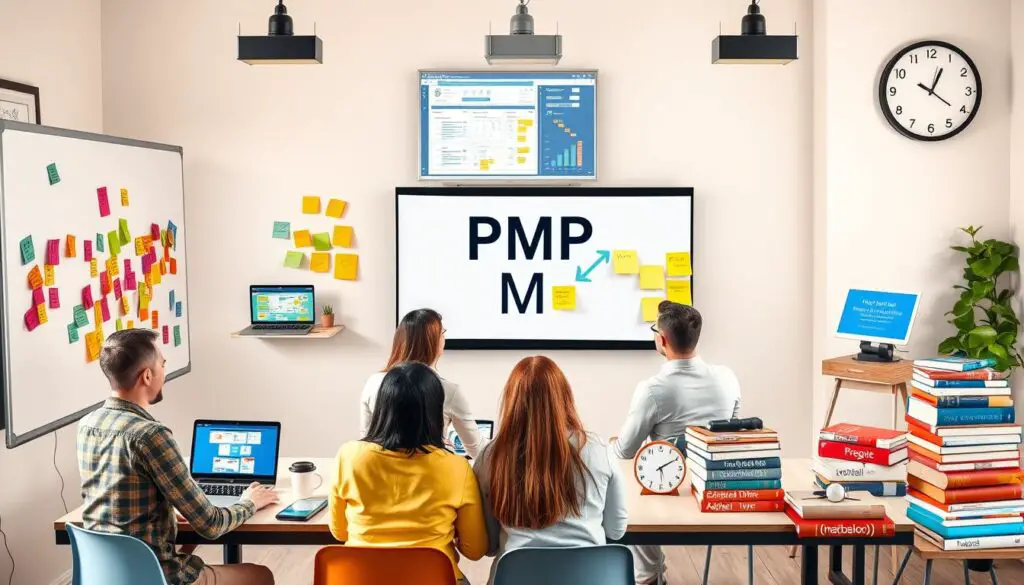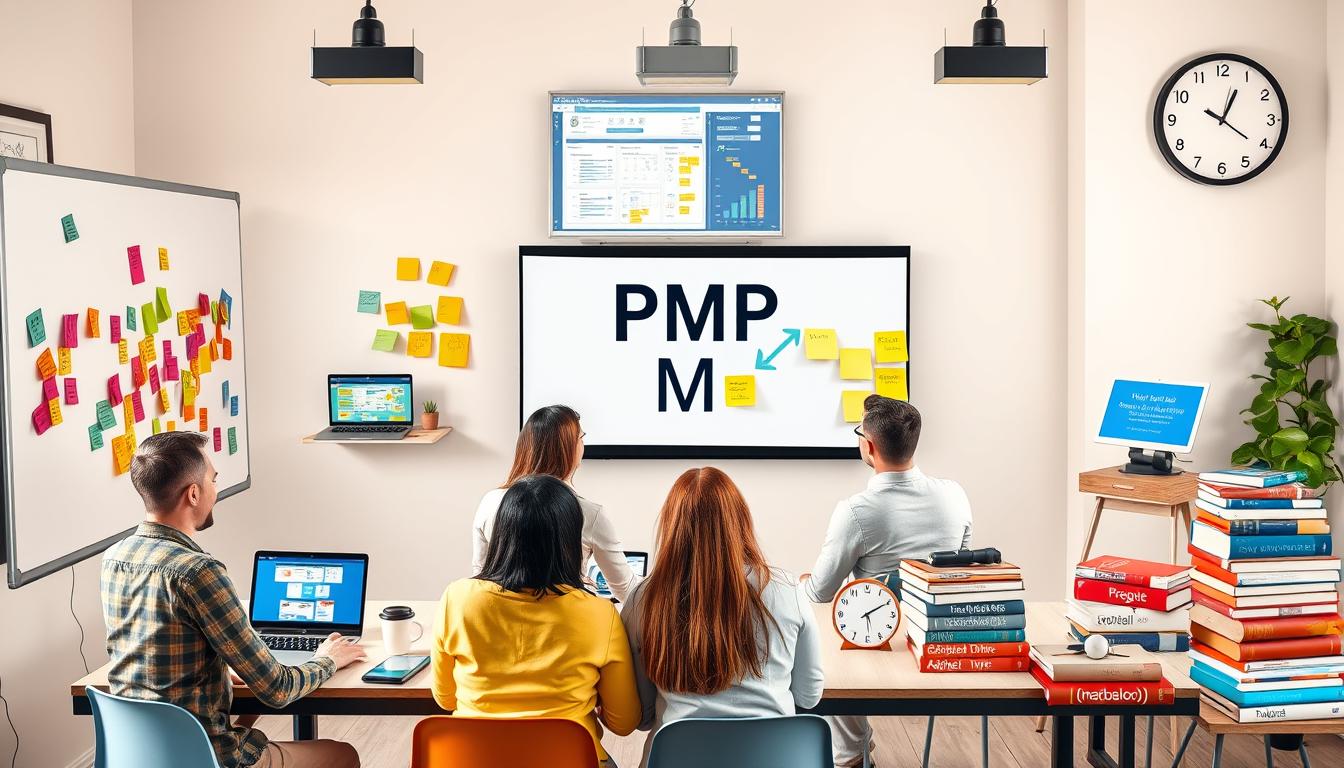In today’s fast-paced business world, risk management has become a crucial factor in ensuring the success of an organization. Every business faces various risks, including financial, operational, legal, reputational, and strategic risks. These risks can threaten the potential growth and success of a company, which is why it’s important to have effective risk mitigation strategies in place.
Understanding the Importance of Risk Management in Business
Risk management is the process of identifying, assessing, and controlling potential risks to minimize their negative impacts on a business. It’s crucial to have effective risk management strategies in place to protect your business from potential financial losses, legal liabilities, and damage to your reputation. Effective risk management also enhances the overall resilience of an organization and improves decision-making processes by providing valuable insights and information on potential risks and opportunities.
One of the key benefits of effective risk management is that it helps businesses to be proactive rather than reactive. By identifying potential risks early on, businesses can take steps to mitigate them before they become major issues. This can save a business a significant amount of time and money in the long run, as well as help to maintain customer trust and loyalty.
Another important aspect of risk management is that it can help businesses to comply with legal and regulatory requirements. Many industries have specific regulations that businesses must adhere to, and failure to do so can result in fines, legal action, and damage to a company’s reputation. By implementing effective risk management strategies, businesses can ensure that they are meeting all necessary requirements and avoiding any potential legal issues.
Identifying Potential Risks in Your Business
The first step in effective risk management is to identify potential risks in your business. This may include internal risks such as operational failures or organizational culture issues, as well as external risks like changes in government regulations or market conditions. Conducting a thorough risk assessment will help you identify all potential risks to your business and prioritize them based on their potential impact.
It is important to involve all stakeholders in the risk assessment process, including employees, customers, and suppliers. This can provide valuable insights into potential risks that may have been overlooked. Additionally, regularly reviewing and updating your risk assessment can help ensure that your business is prepared for any new risks that may arise in the future. By identifying and managing potential risks, you can help protect your business and ensure its long-term success.
Assessing and Prioritizing Risks for Mitigation
Once you’ve identified potential risks, the next step is to assess and prioritize them for mitigation. This involves analyzing the likelihood and potential impact of each risk and identifying the most critical risks to your business. Prioritizing risks enables you to allocate resources effectively and focus on mitigation strategies that reduce the most significant risks first.
It’s important to note that risk assessment and prioritization should be an ongoing process. As your business evolves and new risks emerge, you’ll need to reassess and reprioritize your mitigation efforts. Additionally, involving key stakeholders in the risk assessment process can help ensure that all potential risks are identified and prioritized appropriately. By regularly assessing and prioritizing risks, you can proactively manage potential threats to your business and minimize their impact.
Implementing Risk Mitigation Strategies in Your Business
After prioritizing risks, the next step is to implement risk mitigation strategies tailored to your organization’s needs. Risk mitigation strategies can include preventative controls, such as internal policies and procedures, as well as corrective controls, such as disaster response plans. It’s important to ensure that the mitigation strategies you choose are effective and aligned with your business goals and values.
One effective risk mitigation strategy is to establish a risk management team within your organization. This team can be responsible for identifying and assessing risks, developing mitigation strategies, and monitoring their effectiveness. By having a dedicated team focused on risk management, you can ensure that risks are being addressed in a timely and effective manner.
Another important aspect of implementing risk mitigation strategies is to regularly review and update them. Risks can change over time, and new risks may emerge. By regularly reviewing your mitigation strategies, you can ensure that they remain effective and relevant to your organization’s needs.
The Role of Insurance in Risk Management
Insurance can be an effective tool for risk management, providing financial protection against potential losses resulting from various risks. This may include property damage, liability claims, or cyber threats. It’s essential to choose the right type of insurance and ensure that it covers all potential risks to your business adequately.
Moreover, insurance can also help businesses manage their cash flow by providing a predictable and manageable expense. By paying a regular premium, businesses can budget for potential losses and avoid unexpected financial burdens. This can be especially important for small businesses that may not have the financial resources to absorb significant losses.Another benefit of insurance is that it can provide peace of mind to business owners and stakeholders. Knowing that the business is protected against potential risks can help reduce stress and anxiety, allowing business owners to focus on growing and developing their business. Additionally, having insurance coverage can also help businesses build trust and credibility with customers, suppliers, and other stakeholders, as it demonstrates a commitment to responsible risk management practices.
Building a Strong Crisis Management Plan for Your Business
Despite effective risk management strategies, crises can still occur. That’s why having a crisis management plan is essential to mitigate the effects of a crisis and ensure business continuity. A crisis management plan outlines the steps to be taken during a crisis, including communication protocols, emergency response procedures, and business recovery strategies.
In addition to these key components, it’s important to regularly review and update your crisis management plan to ensure it remains relevant and effective. This can involve conducting regular risk assessments, identifying potential new threats, and testing your plan through simulations or drills. By taking a proactive approach to crisis management, you can minimize the impact of a crisis on your business and protect your reputation in the long term.
Keeping Up with Changing Risks and Adapting Your Strategies
Risks to your business can evolve and change over time, which is why it’s essential to keep up to date with new risks and adapt your risk management strategies accordingly. Conducting regular risk assessments and staying informed about industry trends and emerging risks will enable you to anticipate potential threats and update your mitigation strategies accordingly.
In addition, it’s important to involve all stakeholders in the risk management process. This includes employees, customers, suppliers, and partners. By involving them in the process, you can gain valuable insights and perspectives that can help you identify and address potential risks.Another key aspect of adapting your risk management strategies is to be flexible and agile. This means being able to quickly respond to new risks and changing circumstances. Having a contingency plan in place and regularly testing it can help you be better prepared to handle unexpected events and minimize their impact on your business.
Examples of Successful Risk Mitigation Strategies from Top Companies
Many top companies have implemented effective risk mitigation strategies, resulting in sustained growth and success. For example, Apple has implemented strict supply chain management policies to mitigate potential supply chain risks, while Microsoft has invested in artificial intelligence-powered cybersecurity solutions to combat cyber threats to its products and services.
In addition to these strategies, Google has implemented a comprehensive risk management framework that includes regular risk assessments, risk monitoring, and risk reporting. This framework has helped Google identify and mitigate potential risks before they become major issues, ensuring the company’s continued success.Another example of successful risk mitigation comes from Amazon, which has implemented a robust disaster recovery plan to ensure business continuity in the event of a natural disaster or other catastrophic event. This plan includes redundant data centers, backup power supplies, and regular disaster recovery testing to ensure that Amazon’s services remain available to customers even in the face of unexpected challenges.
Best Practices for Communicating and Reporting on Risk Management to Stakeholders
Effective communication and reporting on risk management practices are crucial to providing stakeholders with essential information on your business’s risk exposure and mitigation strategies. This may include disseminating clear and concise reports on emerging risks, mitigation measures, and their effectiveness.
In addition, it is important to tailor your communication and reporting to the specific needs and interests of your stakeholders. For example, investors may be more interested in financial risks and their potential impact on the company’s bottom line, while customers may be more concerned with product safety and data privacy. By understanding your stakeholders’ priorities, you can provide them with the information they need to make informed decisions and maintain their trust in your business.
Common Mistakes to Avoid in Risk Mitigation Planning and Implementation
While implementing effective risk mitigation strategies is crucial, it’s essential to avoid common mistakes that may undermine your efforts. These may include failure to prioritize risks, overreliance on preventative measures, and neglecting to update mitigation strategies in response to changing risks.
To avoid these mistakes, it’s important to conduct a thorough risk assessment and prioritize risks based on their potential impact on your organization. This will help you allocate resources and focus on the most critical risks first.Another common mistake is to rely solely on preventative measures, such as firewalls and antivirus software, without considering the possibility of a breach or attack. It’s important to have a plan in place for how to respond in the event of a security incident, including incident response procedures and regular testing of your security measures.Finally, it’s crucial to regularly review and update your risk mitigation strategies in response to changing risks. This may include changes in technology, new threats, or changes in your organization’s operations. By staying vigilant and proactive, you can ensure that your risk mitigation efforts remain effective and up-to-date.
Measuring the Effectiveness of Your Risk Mitigation Strategies over Time
Finally, it’s essential to measure the effectiveness of your risk mitigation strategies over time to ensure they remain efficient and effective. This may involve tracking key performance indicators (KPIs), conducting periodical risk assessments, and evaluating the results of your mitigation strategies over time.
In conclusion, effective risk management is essential for any business that seeks sustainable growth and success. By understanding the importance of risk management, identifying potential risks, assessing and prioritizing them for mitigation, implementing effective risk mitigation strategies, monitoring and adapting risks over time, and measuring the effectiveness of your efforts, businesses can reduce their risk exposure and ensure long-term success.
One way to measure the effectiveness of your risk mitigation strategies is to conduct regular audits. Audits can help identify any gaps or weaknesses in your risk management processes and provide insights into areas that require improvement. By conducting regular audits, you can ensure that your risk mitigation strategies are up-to-date and effective in addressing the current risks faced by your business.
Another important aspect of measuring the effectiveness of your risk mitigation strategies is to gather feedback from stakeholders. This can include employees, customers, suppliers, and other partners who are involved in your business operations. By gathering feedback, you can gain valuable insights into how your risk management strategies are perceived and identify any areas that require improvement. This can help you refine your risk management processes and ensure that they remain effective over time.




